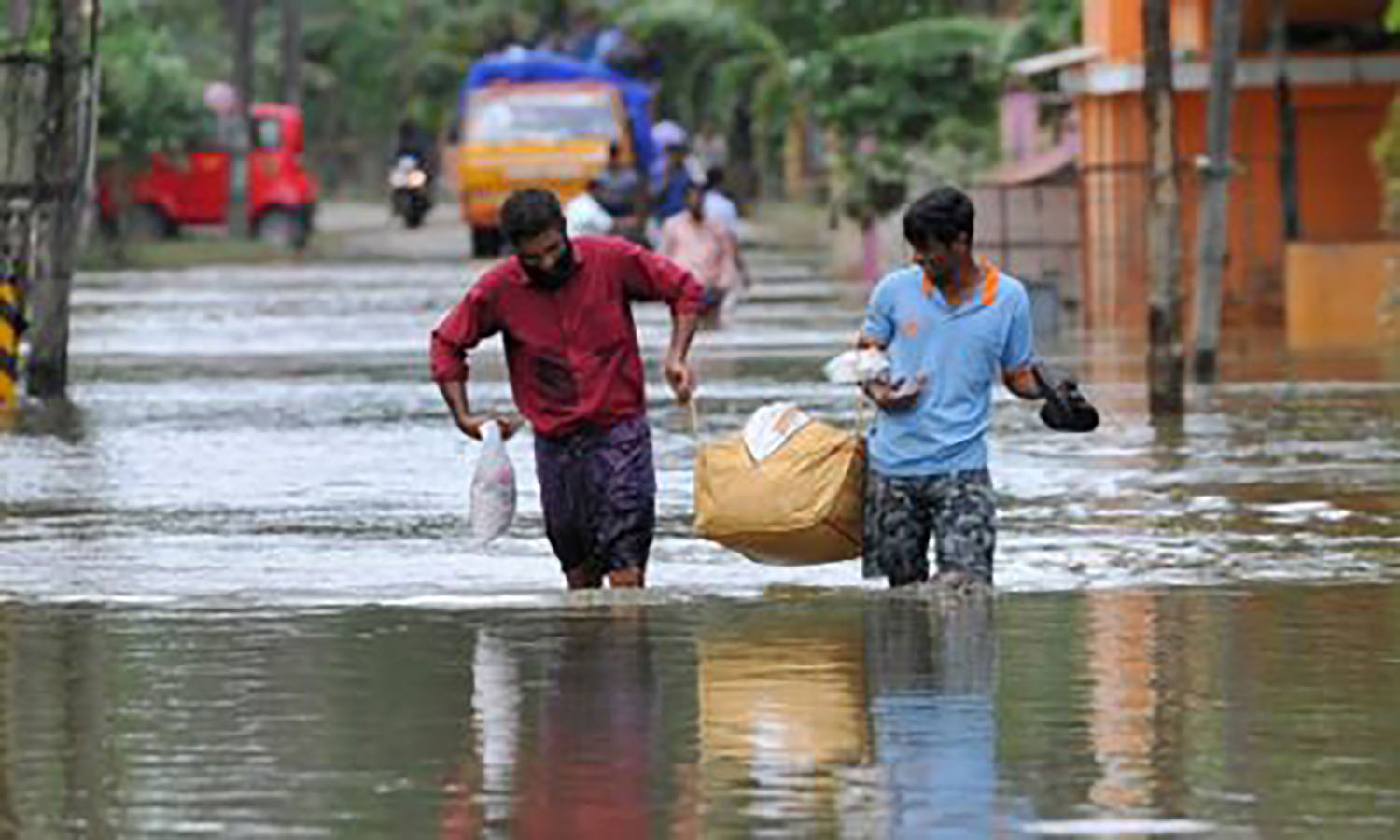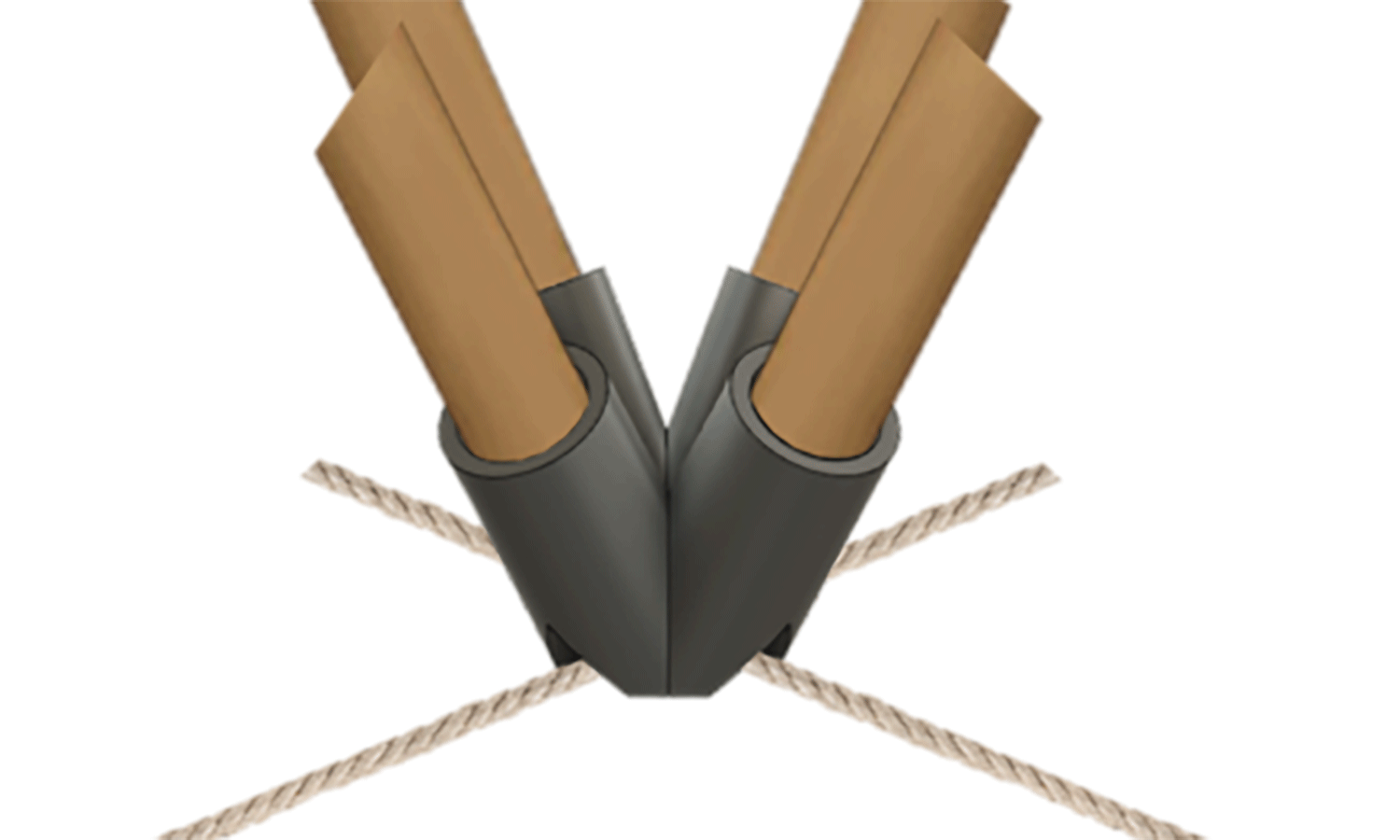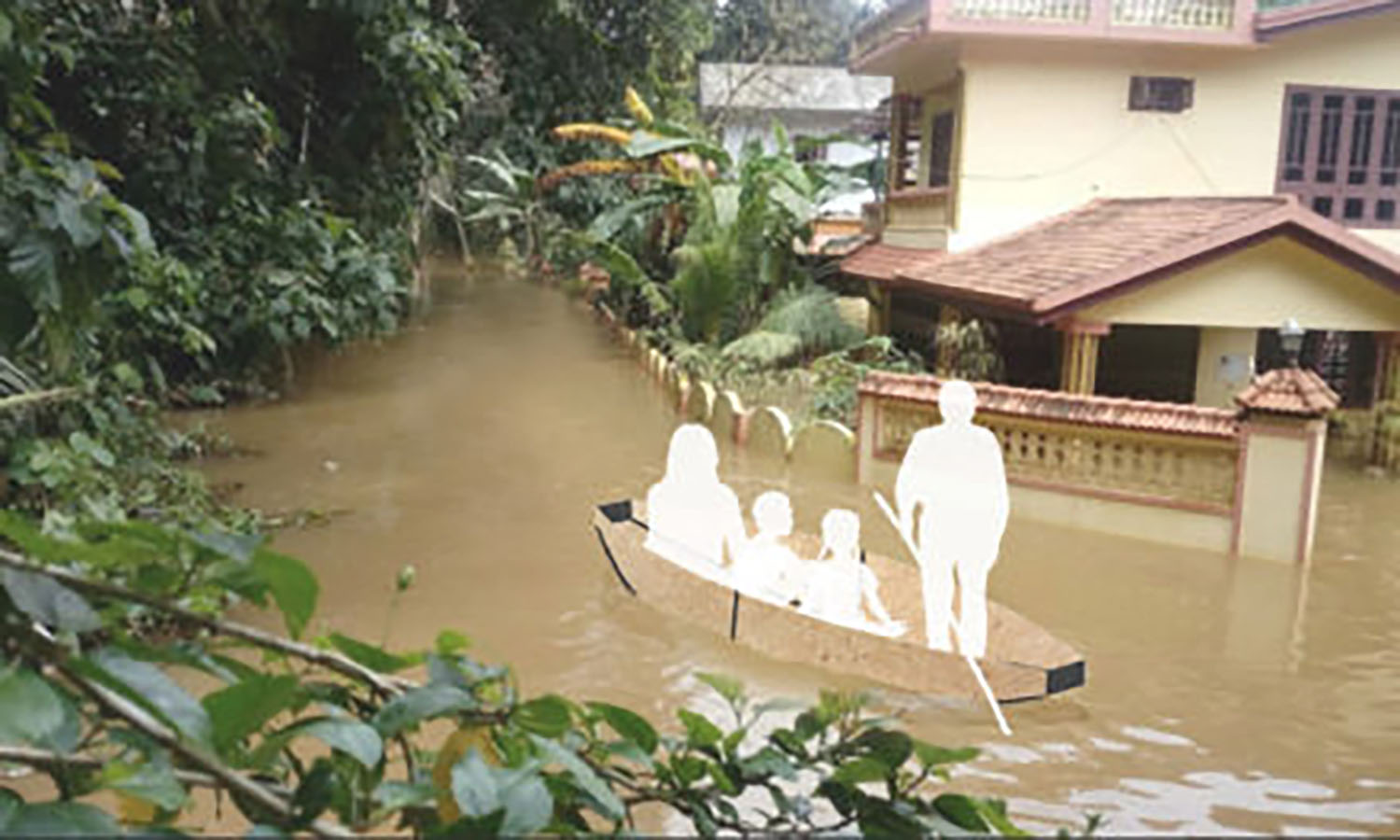ART THERAPY BOX USING THE FABLAB
PROJECT DESCRIPTION
Art Therapy Box is part of a « therapeutic » context. It is a box providing the material necessary for artistic creation. In the developed version, this is drawing and pottery, mud modeling. The aim of the project is to serve as a communication medium. This medium provides creative tools to volunteers and health professionals on site to help them in the organization of therapeutic workshops.
The idea is to divert the disaster into an event of joyful creation.
The project is drawn in two panels of 9mm fir (70x120cm) and a 3mm black plexiglass board.
The box is designed to fit into a format DHL BOX n°4 (33x32x18cm) to facilitate its transport and distribution.
PRODUCTION & PRESENTATION TUTORIAL
SOURCES AND REFERENCES USED
- DU PROCESUS DE CREATION A LA MEDIATION THERAPEUTIQUE
INTERSTICE DU JE(U) AVEC L’AUTRE
Mémoire d’Ines WILLAUME, diplomée d’Art-Thérapie. Université Paris Descartes. 2015.
- Travaux de Robert FILLIOU et ses œuvres de la collection OPTIMIST BOX. 1969.
- Une brêve présentation de la discipline de l’art-thérapie en vidéo.
ART THERAPY BOX PROCESS
« Rendre au sujet sa liberté d’aimer et d’oeuvrer… c’est une solution simple de ramener modestement, à la vie, au désir et à la réalité »
J.Florence, Art et thérapie, liaisons dangereuses?, Bruxelles, 1997.
INITIAL PROCEDURE
First, we were interested in an article published by Sphere India, written as a report of the disaster that took place in Kerala last summer.
In this article we were able to take up different problems to which Keralais are confronted after the sinitre of the month of August.
Among the most common we chose to focus on a subject that seemed particularly alarming.
Louis and I discovered that people of all ages were suffering from post-traumatic stress disorder. The most heavily involved are young people, and children in camps are often separated from their families and have very little access to distractions.
According to our sources in Sphere India, one in ten people would need a psychological follow-up.
FIRST CONTACT FOR OUR PROJECT: DEFINITION OF THE PROBLEM
We started by contacting Michael, our correspondent in Africa whom we met at a conference in our Fablab.
Michael, who quickly understood the type of problem we were looking to identify worked extensively in the camps in Kenya, where he was able to meet many people of all ages who had a similar situation.
According to Michael, the problem is universal and very common in refugee camps, he seemed to be accustomed to this kind of question and draws our attention to the therapeutic colors, he uses acrylic panels to illustrate the idea.
A few days later, after doing some research on the colors and Mental Health suggested by our correspondent in Kenya, we discovered the « Chromatherapy « .
CONTACT OF OUR FIRST EXPERT, A PSYCHOLOGIST. DEEPENING.
We decided to contact a specialist psychologist who regularly receives patients who are victims of violence or trauma.
The latter receives us in her office in Uccle.
During our meeting with Lila, our first expert in psychology, we discussed the subject of psychological trauma and the anonymous example of some of his patients, the expert explains to us that the subjects concerned encounters more disorders than probably similar to the psychological disorders that Keralais must encounter after a catastrophe.
It is in fact the loss of interaction with the environment and surrounding, the first symptom being the absence of speech and communication in the most severe cases.
In more average cases, the annoyances we find most often are insomnia, strong agitassions, anxieties, nightmares and insomnia.
What we call post-traumatic stress.
There is no defined period in the subject we are dealing with, a trauma persists until the person has rebuilt links with the environment in which he or she will be able to interact again.
For this reason, Lila explains that she works with her patients on dialogue through gestural expression, most often through the production of drawings, games with colors and work of matter as the first expression.
It also explains the benefits of distraction, during a period of high anxiety it is indispensable to the spirit to be able to escape for a few moments so that the cortex of the brain is kept activated.
So this is the part of the brain that manages the emotions.
When we are distracted, it provides a feeling of appeasement and optimism.
It is for us, if necessary, the first step towards mental reconstruction.
NEXT STEP : CHROMATHERAPY
Subsequently, we tried some tests on the use of colors and carried out some research on the « chromatherapy « .
This option quickly seemed uninteresting and not fundamental enough in the case we are trying to deal with.
DIRECT CONTACT WITH KERALA
We then decided to contact several people in Kerala (schools, certified editor of Kerala magazine, doctor in psychology in Kerala, no one witnessed the catastrophe…).
We all explained to them who we were, and from the other side of the world we are trying to involve our Fablab from the Free University of Brussels in a humanitarian cause.
Some exchanges remained with a simple reply from receptions but some of them were capital.
Nottament the exchange we had with Dr. Sri Ram, doctor in psychology who confirms that the therapy by the games could be a solution to be brought to Keralais in the camps.
His answer immediately reminded us of our exchange with our psychologist in Uccle.
This was then the phase during which we tried to link the games to the psychological help of first instance.
We have visited several Ludotecas and many game shops.
We were trying at this time to produce a simple game that would have the virtues of the chromatherapy and those of the expression without word.
The following week we talked about our idea to the Indians with whom we were in correspondence on Skype.
The latter appreciated our idea but had no proposal to make us regarding the type of games, they mainly talked about football and cricket.
Little convinced, we had tried to produce a foosball using our Fablab but we quickly gave up this idea.
At this point we began to move away from the chromatherapy which seemed less and less the answer to our questioning.
PHASE OF LAST CHALLENGE OF THE ISSUE
A few days later, we get a response from an editor for Kerala magazine, after talking with him, he made us understand that the NGO present would probably need people like us as well.
This exchange has given us hope to continue our research because our correspondent tells us that keralais victims of trauma are still prone to these troubles later on returning home after the period of asylum.
Finally, it is by browsing the publications of Keralais on Twitter that we discovered an article on « Art therapy » Increasingly present in the camps in Kerala.
From that moment on we realized that the effect on mental health that we were trying to achieve by an object was more likely linked to an art form, something less concrete, less materialized.
EXPLORING ART THERAPY SOLUTION
So we contacted the one who will be our last expert, Ines, ART therapist.
Ines presents her memory and explains her practice, we tell her about our project and what we had tried so far.
We quickly agree with it, the presence of land in the mud floods in Kerala is perhaps an interesting solution because for Ines, the work of clay is much more interesting seen by an ART therapist than seen by a sculptor or An architect in our case.
Beyond the creation of ceramic objects that will be used to decorate a gallery, the earth is a means of elementary expression and used universally by many therapists around the world and in many cases of mental pathology.
We therefore propose to realized in our Fablab at the Free University of Brussels, a box, for art therapist that we will call the « art Therapy Box for Kerala «
In this box we send to Kerala the tools to begin the practice of art therapy in the camps.
Except where otherwise noted, this work by ULB / DFS-Q1 / 2018-2019 is licensed under a
Creative Commons Attribution-NonCommercial-ShareAlike 4.0 International License.






